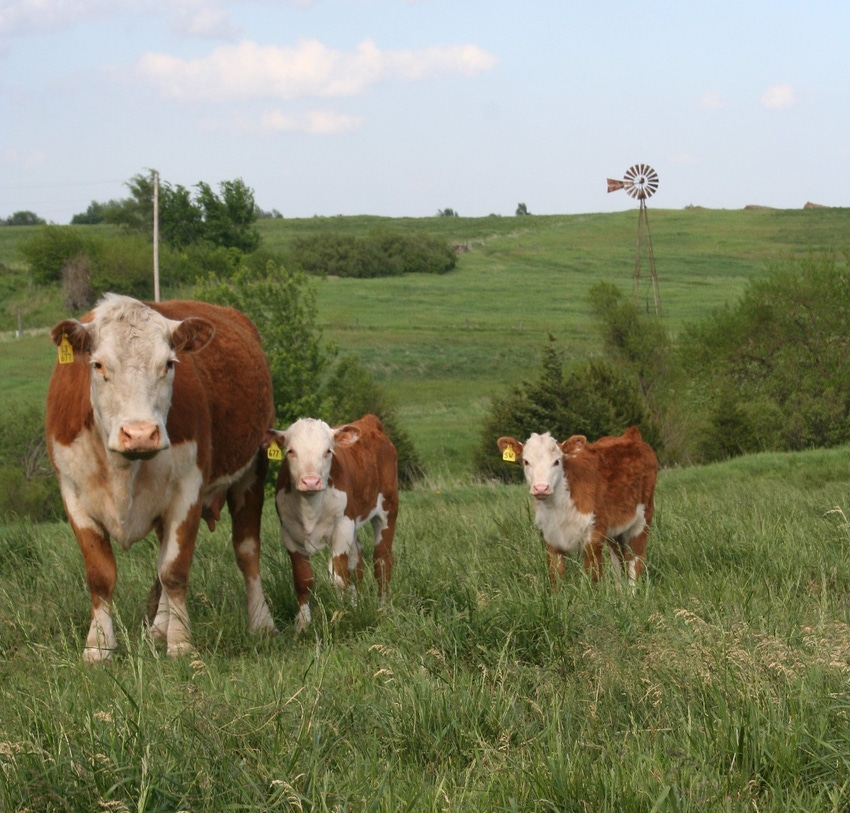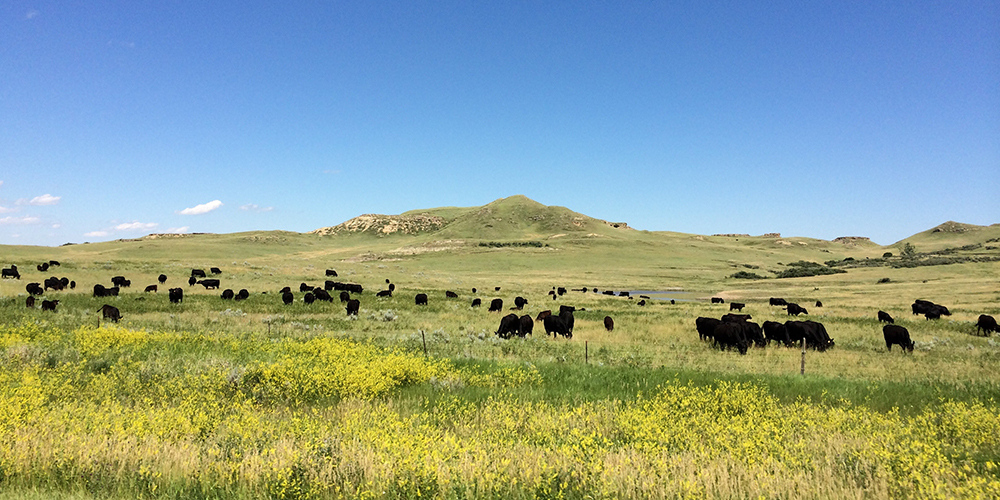Opening Growth Prospective: Bagley Risk Management Approaches
Opening Growth Prospective: Bagley Risk Management Approaches
Blog Article
Understanding Livestock Danger Defense (LRP) Insurance: A Comprehensive Overview
Navigating the world of animals threat security (LRP) insurance policy can be a complex endeavor for many in the agricultural sector. From just how LRP insurance works to the numerous protection choices offered, there is much to discover in this detailed overview that might possibly shape the means animals manufacturers come close to threat monitoring in their services.

Just How LRP Insurance Functions
Periodically, recognizing the technicians of Animals Threat Security (LRP) insurance coverage can be intricate, however breaking down just how it works can give clearness for farmers and ranchers. LRP insurance is a threat administration device developed to protect livestock manufacturers versus unanticipated cost decreases. The plan enables manufacturers to establish an insurance coverage degree based on their specific requirements, choosing the variety of head, weight array, and insurance coverage cost. As soon as the policy remains in place, if market value fall listed below the coverage price, manufacturers can sue for the difference. It is essential to note that LRP insurance policy is not a revenue guarantee; rather, it concentrates entirely on cost risk security. The insurance coverage duration normally varies from 13 to 52 weeks, offering versatility for producers to choose a duration that straightens with their production cycle. By utilizing LRP insurance policy, farmers and ranchers can alleviate the economic threats related to changing market value, making sure greater stability in their operations.
Eligibility and Coverage Options
.png)
When it comes to protection choices, LRP insurance coverage supplies manufacturers the adaptability to select the protection level, coverage period, and endorsements that best suit their danger management requirements. By understanding the eligibility requirements and protection options readily available, animals manufacturers can make educated decisions to handle risk effectively.
Benefits And Drawbacks of LRP Insurance
When assessing Animals Danger Security (LRP) insurance coverage, it is vital for livestock manufacturers to weigh the benefits and downsides intrinsic in this risk management tool.

One of the key benefits of LRP insurance policy is its capacity to offer security against a decline in livestock costs. Furthermore, LRP insurance coverage provides a degree of adaptability, enabling manufacturers to personalize protection degrees and policy periods to match their certain demands.
However, there are additionally some disadvantages to take into consideration. One constraint of LRP insurance is that it does not safeguard against all types of risks, such as disease outbreaks or natural calamities. Costs can occasionally be pricey, specifically for producers with large livestock herds. It is crucial for producers to carefully evaluate their individual threat you can find out more direct exposure and financial situation to establish if LRP insurance policy is the appropriate threat administration tool for their operation.
Recognizing LRP Insurance Coverage Premiums

Tips for Maximizing LRP Perks
Optimizing the visite site advantages of Livestock Danger Defense (LRP) insurance policy requires calculated preparation and positive threat management - Bagley Risk Management. To make the most of your LRP protection, think about the adhering to pointers:
Routinely Evaluate Market Problems: Remain notified regarding market patterns and cost variations in the animals market. By keeping track of these variables, you can make informed choices concerning when to acquire LRP insurance coverage to shield versus potential losses.
Establish Realistic Insurance Coverage Degrees: When choosing coverage degrees, consider your manufacturing prices, market value of animals, and possible risks - Bagley Risk Management. Establishing realistic coverage degrees makes sure that you are sufficiently shielded without paying too much for unneeded insurance policy
Diversify Your Protection: As opposed to counting only on LRP insurance policy, think about expanding your threat monitoring methods. Integrating LRP with other risk monitoring devices such as futures contracts or options can give thorough protection against market unpredictabilities.
Evaluation and Adjust Coverage Frequently: As market conditions transform, occasionally assess your LRP coverage to guarantee it aligns with your existing danger exposure. Changing coverage degrees and timing of purchases can aid enhance your danger protection strategy. By adhering to these tips, see you can maximize the benefits of LRP insurance policy and protect your animals operation versus unforeseen threats.
Final Thought
Finally, livestock danger protection (LRP) insurance coverage is an important tool for farmers to manage the monetary threats connected with their livestock procedures. By comprehending exactly how LRP functions, eligibility and protection alternatives, as well as the pros and cons of this insurance, farmers can make educated decisions to safeguard their incomes. By very carefully considering LRP premiums and executing approaches to take full advantage of advantages, farmers can alleviate prospective losses and make sure the sustainability of their procedures.
Animals manufacturers interested in obtaining Livestock Risk Protection (LRP) insurance coverage can discover an array of qualification requirements and coverage alternatives customized to their details animals operations.When it comes to insurance coverage options, LRP insurance provides manufacturers the versatility to select the coverage degree, protection duration, and recommendations that ideal fit their threat monitoring needs.To grasp the intricacies of Animals Threat Defense (LRP) insurance policy completely, comprehending the aspects influencing LRP insurance costs is vital. LRP insurance policy costs are identified by numerous elements, consisting of the protection degree picked, the expected price of animals at the end of the coverage period, the type of animals being insured, and the length of the coverage duration.Review and Readjust Insurance Coverage Routinely: As market problems alter, regularly evaluate your LRP insurance coverage to ensure it aligns with your current threat exposure.
Report this page